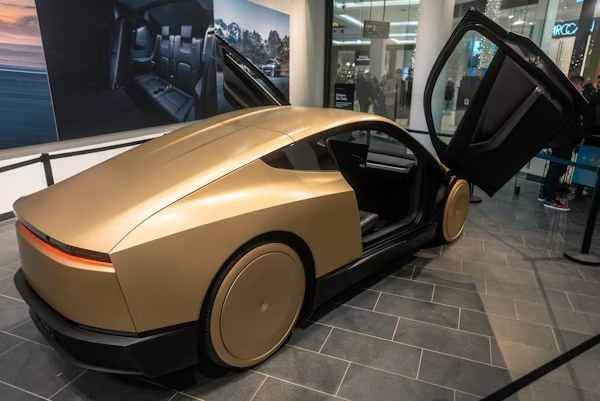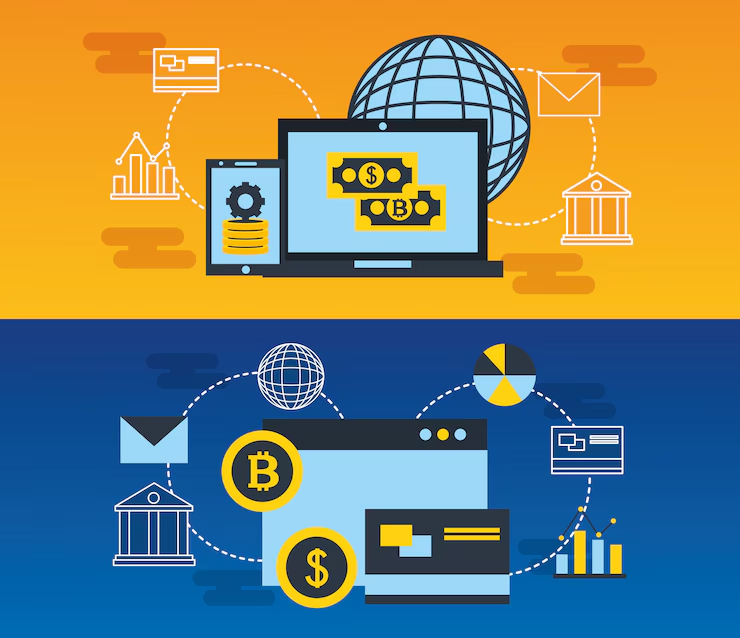Tesla continues to redefine the future of transportation, and the Tesla Robotaxi is at the center of that revolution. Elon Musk’s long-promised autonomous ride-sharing service is finally on the horizon. With bold features, competitive pricing, and an anticipated release date, Tesla’s driverless vehicle is poised to shake up the entire automotive and mobility industry.
In this article, we’ll explore the key features of the Tesla Robotaxi, expected pricing, potential launch timeline, and what this innovation means for both Tesla and the transportation market.
What Is the Tesla Robotaxi?
The Tesla Robotaxi is an autonomous electric vehicle designed to operate without a human driver. It is part of Tesla’s Full Self-Driving (FSD) initiative, which aims to create a fully automated, ride-hailing network. These robotaxis are expected to be summoned via the Tesla app, functioning similarly to services like Uber and Lyft—but without a driver behind the wheel.
Unlike current Tesla vehicles, the Robotaxi will be specifically built for autonomy, possibly without traditional steering wheels or pedals.
Core Features of the Tesla Robotaxi
Full Self-Driving (FSD) Capabilities
At the heart of the Tesla Robotaxi is its Full Self-Driving software. The system uses a combination of cameras, ultrasonic sensors, and advanced neural networks to navigate roads safely. Tesla’s software undergoes constant updates, making the system smarter with every mile driven.
Moreover, the FSD suite enables the Robotaxi to handle highway merges, stop signs, and city streets with remarkable efficiency.
No Human Intervention
One of the most impressive features is the vehicle’s ability to operate without any human input. This represents Level 5 autonomy—the highest level of self-driving technology. Passengers will be able to enter their destination and sit back as the vehicle drives itself.
Purpose-Built Design
Unlike Tesla’s current models, the Tesla Robotaxi will be purpose-built. Elon Musk mentioned a new architecture that is focused entirely on autonomy and efficiency. Reports suggest a more compact, symmetrical design with seating arranged to prioritize space and comfort for riders.
Advanced AI and Neural Networks
Tesla has developed its own AI chip called the Dojo, which processes real-time data collected by millions of Tesla vehicles globally. This AI supercomputer will power the decision-making abilities of every Tesla Robotaxi, ensuring a safe and smart ride.
Tesla Robotaxi Pricing: What to Expect
Competitive Cost per Ride
Tesla aims to make the Tesla Robotaxi more affordable than owning a car or even using traditional ride-share services. Elon Musk has hinted at ride prices lower than the cost of a bus ticket in many cities. The expected rate? As low as $0.25 per mile—significantly cheaper than Uber or Lyft.
Ownership and Fleet Model
Tesla may offer two ownership options:
-
Tesla-Owned Fleets: The company could maintain its own fleet of Robotaxis.
-
Customer-Investor Model: Tesla owners may add their self-driving vehicles to the Robotaxi network when not in use, potentially earning passive income.
This unique model may disrupt both the taxi and car ownership industries.
Potential Vehicle Price
While no official price has been confirmed, analysts estimate the Tesla Robotaxi could be priced between $25,000 and $35,000 if sold individually. That’s significantly lower than many premium EVs, which makes it attractive for personal and fleet use alike.
Tesla Robotaxi Release Date: When Will It Launch?
Elon Musk’s Timeline
Elon Musk first mentioned the Tesla Robotaxi in 2019, with an ambitious goal of launching by 2020. However, due to regulatory and technical challenges, the date has shifted. Most recently, Musk stated that Tesla will reveal the Robotaxi on August 8, 2025.
While actual deployment may take longer, this reveal marks a significant milestone.
Testing and Regulations
Tesla has already been conducting real-world testing using its FSD Beta program. Thousands of Tesla drivers participate in these trials, generating critical data.
Despite technical readiness, regulatory approval remains a major hurdle. Governments need to ensure safety and legal frameworks are in place for fully autonomous vehicles. Tesla is working closely with U.S. agencies and is targeting early rollout in states that support autonomous driving.
How Will the Tesla Robotaxi Disrupt the Industry?
Ride-Hailing Services
The Tesla Robotaxi has the potential to disrupt giants like Uber, Lyft, and traditional taxi companies. With no driver salaries and lower operational costs, Tesla can offer significantly cheaper rides, forcing others to adapt or risk becoming obsolete.
Public Transportation
As more people opt for affordable robotaxi rides, public transportation systems may see a decline in ridership. Cities will need to rethink infrastructure, possibly dedicating lanes or traffic systems for autonomous vehicles.
Auto Insurance and Maintenance
Insurance models may shift from driver-focused to software and product liability. Tesla’s own insurance division is already positioned to capitalize on this.
Maintenance costs are also expected to be lower. Since EVs have fewer moving parts than gas-powered vehicles, and because autonomous systems can monitor their own diagnostics, downtime will be minimized.
Benefits of the Tesla Robotaxi
Accessibility
People who cannot drive—due to age, disability, or other reasons—will gain greater independence with access to the Tesla Robotaxi. This could dramatically improve quality of life for millions.
Sustainability
Tesla’s all-electric fleet aligns with global goals for reducing emissions. Widespread adoption of robotaxis could significantly lower the carbon footprint of urban transportation.
Cost Savings
With zero fuel costs, reduced insurance premiums, and low maintenance, the Tesla Robotaxi could be the most economical transportation option on the market.
Concerns and Criticisms
Safety and Trust
While Tesla’s FSD technology is impressive, concerns remain. Can an AI react to every possible scenario? Critics argue that no system is foolproof, especially on unpredictable roads.
However, Tesla asserts that its self-driving cars are already safer than human drivers. The company backs this claim with data from billions of real-world miles.
Job Displacement
The rise of the Tesla Robotaxi may reduce the demand for human drivers. Ride-hailing, delivery, and trucking jobs could see declines. While some argue that new tech always creates new jobs, the transition may be painful for affected workers.
Final Thoughts: Is the Tesla Robotaxi the Future of Transportation?
The Tesla Robotaxi represents a bold leap toward autonomous mobility. With features that prioritize safety, comfort, and affordability, it’s more than just a new vehicle—it’s a new way of thinking about transportation.
Although challenges remain, especially with regulations and public trust, Tesla appears determined to bring its Robotaxi vision to life. If successful, the Robotaxi could transform urban mobility and reshape how we move through the world.
Whether you’re a tech enthusiast, investor, or simply curious about the future, the upcoming Tesla Robotaxi deserves your attention.



Leave a Comment